First: The general running time of Dijkstras Shortest Path algorithm is

where m is the number of edges and n the number of vertices
Second: the number of expected decreasekey operations is the following

Third: The expected running time of dijkstra with a binary Heap which allows all operations in log(n) time is

But why is the running time on dense graphs linear if we consider a graph dense if

Can someone help with the O-notation and log calculations here?

